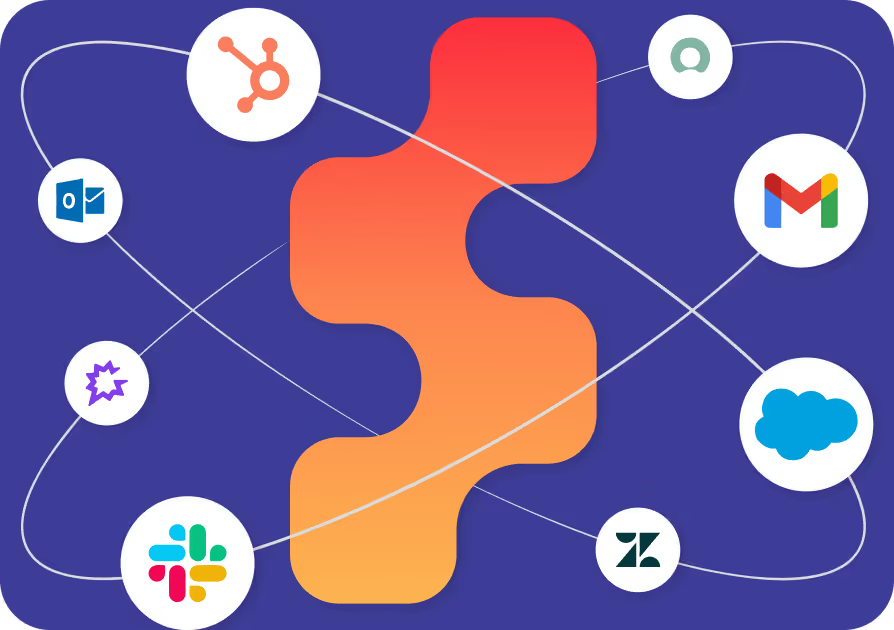Introduction:
In today's digital age, the sheer volume of data generated by businesses is staggering. Ironically, most of this data is unstructured and trapped in things like emails, support tickets, and phone calls. Until now, this meant that the only way to extract valuable insights was by using manual labor to categorize them.
This is where the power of Artificial Intelligence (AI) comes into play. By harnessing AI, business leaders can unlock the hidden potential of unstructured data and gain a competitive edge. In this blog post, we will explore how business leaders can effectively leverage AI to extract valuable insights from unstructured data and drive innovation.
Understanding Unstructured Data:
Unstructured data refers to any information that lacks a predefined data model or organization. It includes text documents, social media posts, images, audio, videos, and more. Unstructured data is generated in abundance from various sources such as customer feedback, emails, surveys, social media platforms, and help desk interactions. The true value of unstructured data lies in its ability to reveal patterns, sentiments, and trends that can shape business strategies.
AI and Unstructured Data: Extract, Diagnose, Proact:
Artificial Intelligence, particularly techniques such as natural language processing (NLP) and deep learning, can process and analyze unstructured data with remarkable accuracy. By utilizing AI, business leaders can transform this seemingly chaotic mass of unstructured data into actionable insights.
Information Extraction:
- First, AI removes the ”manual labor tax” associated with leveraging unstructured data. AI efficiently extracts relevant information from unstructured text data, at scale, for a fraction of the cost of manual processing. Text mining techniques, including entity recognition, sentiment analysis, keyword extraction, and topic modeling, can be used to identify critical insights buried within vast amounts of unstructured text. This information can be invaluable for market research, competitive analysis, and trend forecasting.
Knowledge Diagnostics:
- The next step after extraction is leveraging this data to diagnose risks and opportunities. AI converts unstructured data into a powerful diagnostic tool. Unstructured data sources like customer emails and chat transcripts contain valuable information about individual products and processes. For example, a business leader may realize that just one feature is causing the majority of customer unhappiness. They might realize that a certain Account Representative is very good at improving sentiment. The possibilities for improving our businesses are almost endless.
Proactivity and Prediction:
- The “holy grail” of unstructured data is leveraging this information and knowledge to proact on and predict future events. By analyzing historical unstructured data, leaders can identify issues and monitor them going forward. For example, data might reveal that customers are more likely to cancel within 6 months of having a leadership change event. Not only will AI help leaders identify this warning sign, but by analyzing unstructured data in real-time, it will warn leaders and provide them with the opportunity to save revenue.
In the era of big data, unstructured data holds immense untapped potential. Business leaders who harness the power of AI can gain a competitive advantage by extracting valuable insights from this wealth of unstructured information. From sentiment analysis and text mining to predictive analytics, AI techniques provide the means to unlock the hidden value within unstructured data. By embracing AI and leveraging unstructured data, business leaders can make more informed decisions, drive innovation, and stay ahead in an increasingly data-driven world.

.png)

.png)
.png)

